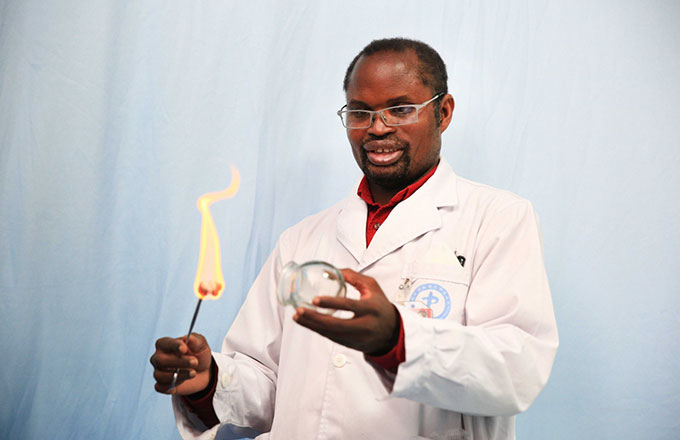Profile: Xi Jinping and his era
He dined with young soldiers, checked the temperature of their dormitory showers, and pressed them to get on with their delayed weddings.
In early 2014, Xi visited soldiers stationed in Inner Mongolia ahead of Chinese New Year. Against chilling winds and raging snow, he climbed the steep stairs to a sentry post and signed his name on the post's registration record.
"Today, I shall keep watch together with you," Xi told the soldiers.
Within five years, Xi had overseen two military parades. Late this July, clad in green military fatigues, he mounted an open-top camouflage jeep and drove past ranks of soldiers standing to attention in the Zhurihe military training base, just days before the 90th anniversary of the PLA.
The PLA rarely held field parades of this kind in the past.
The other parade was in 2015 when China commemorated the 70th anniversary of victory in the Chinese People's War of Resistance against Japanese Aggression and the World Anti-Fascist War.
Under his orders, more than 50 PLA generals made a rare appearance to lead foot formations and air echelons. Nearly 1,000 foreign troops from 17 countries, including Russia, also marched in the parade.
Before the parade, Xi announced a reduction in the number of military troops by 300,000, and highlighted China's aspirations for peace.
The announcement was the crystallization of China's national defense policy, which is defensive in nature. Behind the increase of PLA strength in both combat capability and command lies China's dedication to lasting peace across the globe.
In Xi's own words: "The only one who can end war is the one capable of war. The only one who can prevent war is the one ready for war. Those who cannot fight only leave themselves vulnerable to aggression."














